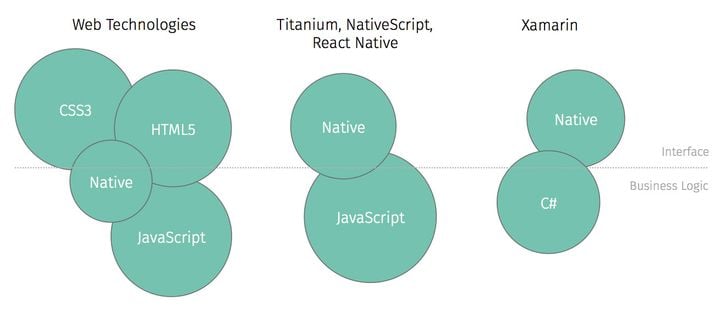Best Practices for Reporting Bugs in Jira

Effective bug reporting is crucial for ensuring that issues are quickly identified and resolved by the development team. A well-documented bug report saves time, reduces misunderstandings, and improves the overall efficiency of the development process. Here’s a guide to creating clear, concise, and comprehensive bug reports using Jira, with some tips on optimizing attachments and managing test accounts.
Crafting Clear and Concise Titles
When writing titles for bugs in Jira, keep them short and clear. This helps team members quickly identify the issue, the affected component, or the OS type. Here are a few examples:
- Android: After pressing the "Share" button, only a black background is displayed.
- iOS & Android: No error message when proceeding with legal checkboxes not checked.
Verifying Critical Bugs
For critical bugs, it’s essential to verify whether the bug is already present in the master branch or is specific to the branch or merge request (MR) being tested. If it has been already present, then it doesn't have much influence on MR, MR can be approved and the Critical bug ticket is to be created. Otherwise, MR is going to be blocked from further testing until the issue is fixed.
Suggested Template for Bug Reports
A consistent bug report template helps ensure all necessary information is included. Here’s a suggested format:
Checklist
◻️ I can reproduce the bug multiple times.
◻️ This isn't a duplicate.
Description
Provide a detailed description of the issue while omitting unnecessary details that can bring confusion while fixing. For example:
"Application crashes when User tries completing Test Session in the Test Flow by finishing the last Test Exercises module."
Expected Behaviour
Explain what behaviour is correct and to be expected in the situation. For example:
"The session should be completed, and User should be redirected to the home screen. The Session card should have its progress bar filled completely."
Steps to Reproduce
Detail the steps necessary to reproduce the bug. Be specific. For example:
- Log in as User120.
- Complete all modules within the Test Session.
- ...
Environment/Device
Specify the environment and/or devices where the issue occurs:
- Staging or Version: App Store version, master
- Android: Version xxx, Device brand
- iOS: Version xxxx, iPhone xxxx
- iPad: Version xxxxx, iPadOS xxxxx
- Tablet: Version xxxxxx, OS xxxxx
Attachments
Include screenshots or recordings of the device screen to help visualize the issue. Please include on screenshots or recording only essential parts of the screen where the bug is represented fully
Managing Test Accounts
If you need multiple unique email addresses while testing, you can use the + trick: you can add + and then any text after the main part of your email. You will receive emails on your main email address, but it will still count as a distinctive User for the application. For example:
Annotating Screenshots
Annotated screenshots help other testers, developers, or project managers quickly identify the issue. Here’s how to annotate screenshots on a Mac:
- Load the image using the Preview app.

- Click on the Annotate icon.

- Highlight the issue using a box and/or arrow.

- Save the changes.
Optimizing Videos for Faster Uploads
Some bug tracking systems have size limits for attachments. Compressing videos can help. Use Handbrake to reduce file sizes:
- Load Handbrake.

- Drag and drop the video into the app.

- Choose the settings and save location.

- Hit Start.

- Check the Destination folder for the optimized video.

Handbrake also allows you to remove audio tracks if needed. Simply go to the 'Audio' tab and remove the present tracks.

Trimming Videos
Sometimes, you need to trim a long video to focus on the relevant part. Use Quicktime Player on a Mac:
- Open the video with Quicktime Player.
- Click on Edit > Trim or use the
cmd+Tshortcut.

- Choose the Start/End point from the bar at the bottom.

- Click on “Trim” and save the new video.
Conclusion
By following these best practices, you can ensure your bug reports are clear, concise, and informative. This approach will help the development team address issues quicker and with less chance of back and forth with fixes on fixes, leading to a smoother and more effective development process. Happy testing!



